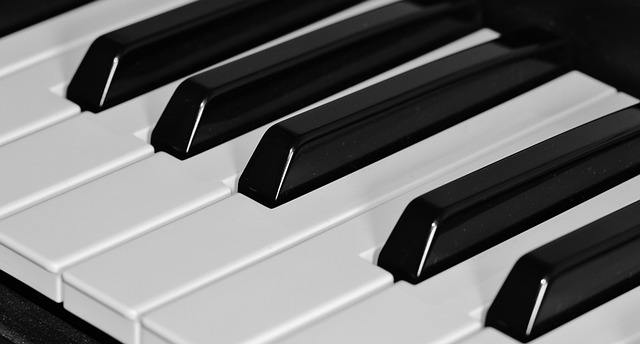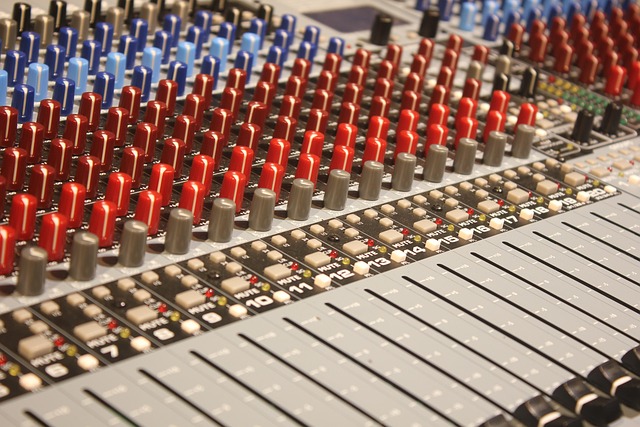Understanding Equalization: Crafting the Perfect Soundscape
When you dim the lights and sink into your favorite spot in your cinema room, every whisper, footstep, and orchestral sweep should transport you. That’s where Equalization comes in—transforming raw audio into an immersive journey. In a home cinema setting, EQ is more than a dial or slider; it’s the bridge between a simple movie night and an awe-inspiring cinematic event.
Why Equalization Matters in Audio Recording and Playback
- Clarity: Tame muddiness in dialogues so voices cut through action scenes with crystal precision.
- Balance: Ensure bass doesn’t overwhelm treble, creating a harmonious relationship between low-end rumbles and soaring highs.
- Room Correction: Compensate for reflective surfaces and standing waves in your cinema room to achieve consistent frequency response.
Designing Your Home Cinema for Optimal EQ
Audio quality begins long before you touch the equalizer. Your room’s shape, materials, and speaker placement set the stage:
- Speaker Positioning: Place front and surround speakers symmetrically. Keep tweeters at ear level for precise high-frequency dispersion.
- Acoustic Treatment: Use absorbers and diffusers to control flutter echoes and standing waves, especially in corners and behind the seating area.
- Subwoofer Calibration: Integrate the subwoofer with main channels using low-pass filters and phase adjustments to avoid boomy hotspots.
Applying Equalization Techniques
Whether you’re using a hardware EQ unit or software-based digital signal processing, follow these practical steps:
- Identify Problem Frequencies: Play pink noise or sweep tones and listen for resonant peaks or dips in your cinema room. Boost or cut by small increments (±2–3 dB) to smooth anomalies.
- Use Parametric EQ: Select narrow Q-factors for surgical cuts (e.g., taming a harsh 3 kHz resonance) and wider Q-factors for gentle tonal shaping.
- High-Pass Filtering: Roll off subsonic frequencies below 20–30 Hz to relieve speaker stress and tighten the low end.
- Maintain Musicality: Avoid extreme EQ moves. Your goal is to preserve the natural timbre of film scores and sound effects, not to reinvent them.
Syncing Audio and Video for Full Immersion
An exquisitely equalized soundtrack loses impact if audio and video cues fall out of sync. Most modern AV receivers allow you to adjust delay settings on each channel—fine-tune lip-sync alignment to within a few milliseconds. This marriage of pristine sound and seamless imagery elevates every blockbuster’s punch, every whispered secret, and every orchestral swell.
Tips for Long-term EQ Satisfaction
- Keep reference tracks handy: Use familiar movie scenes or songs to gauge long-term consistency.
- Revisit settings after seating changes or room renovations: Even moving a couch can alter acoustic behavior.
- Embrace room correction software: Many receivers include automatic EQ that learns your room’s quirks with measurement mics.
By mastering Equalization in your home cinema, you’ll unlock the full emotional power of audio and video working in tandem. Every detail—subtle atmospheres, explosive action, heartfelt dialogues—will resonate with the authenticity and impact you crave.



